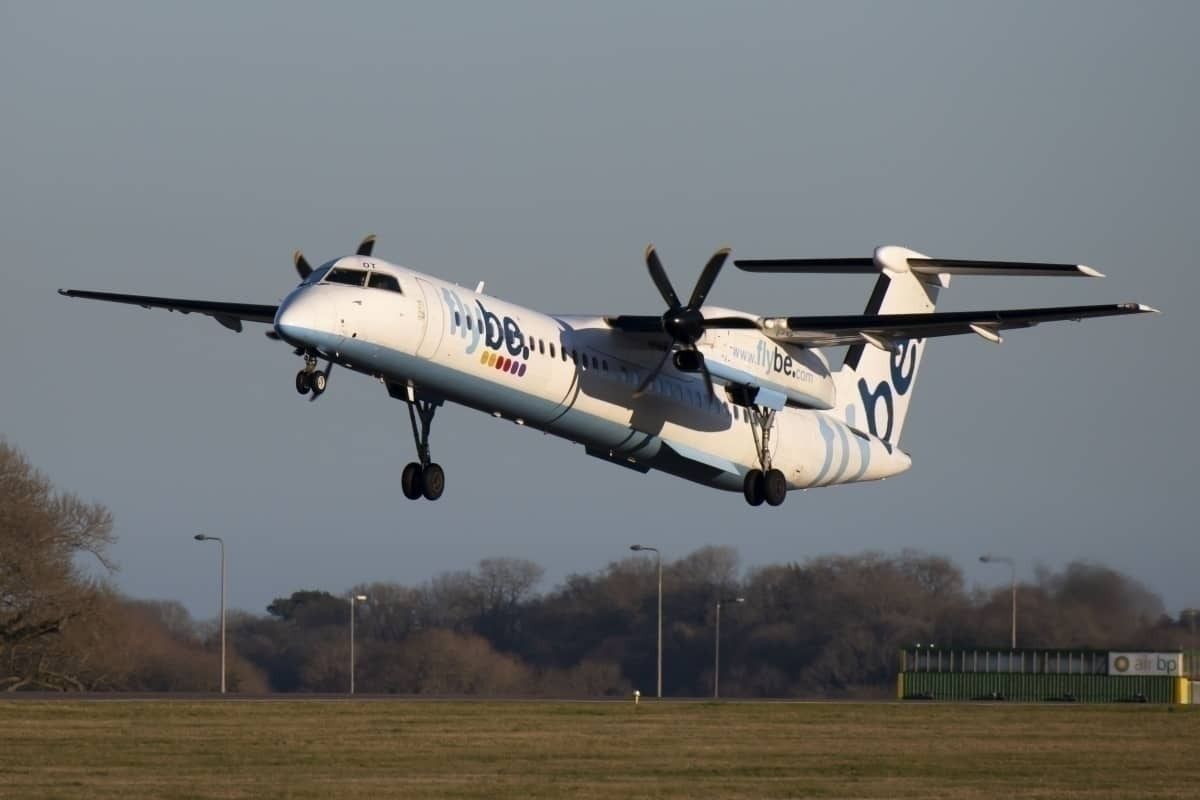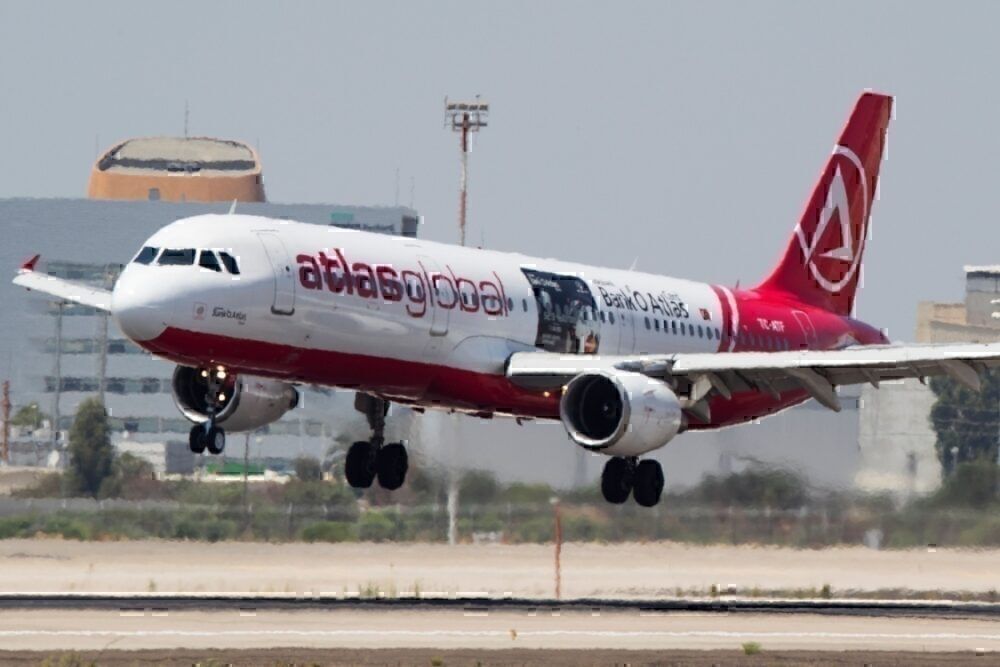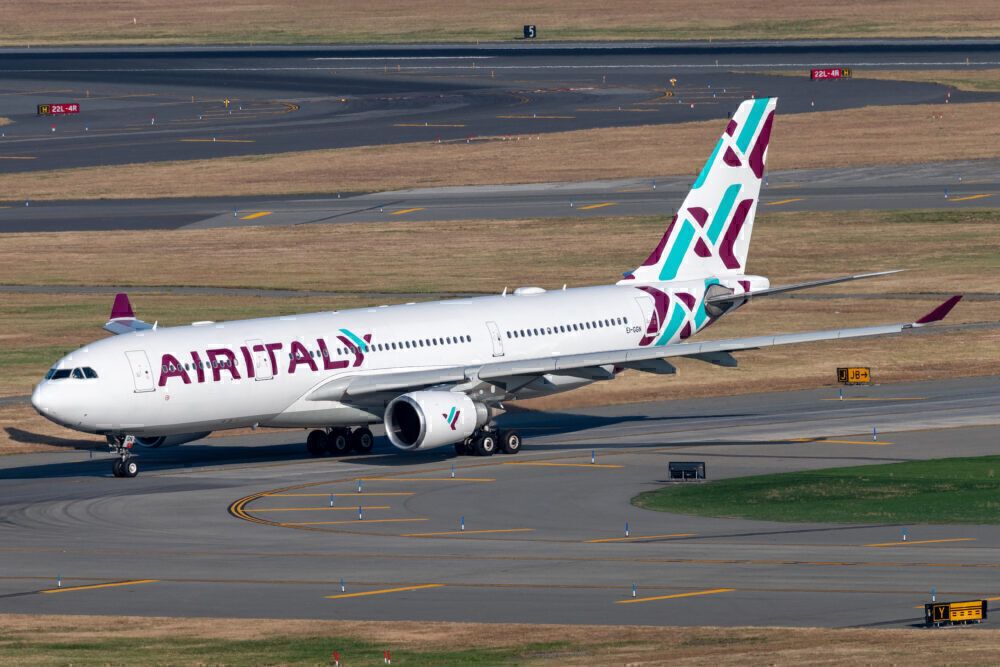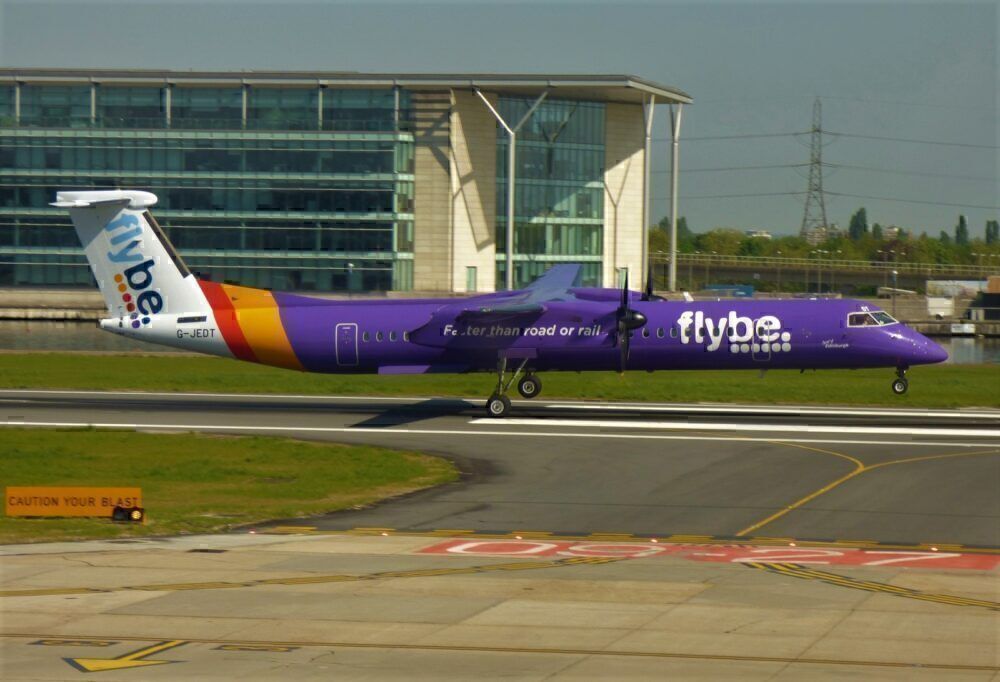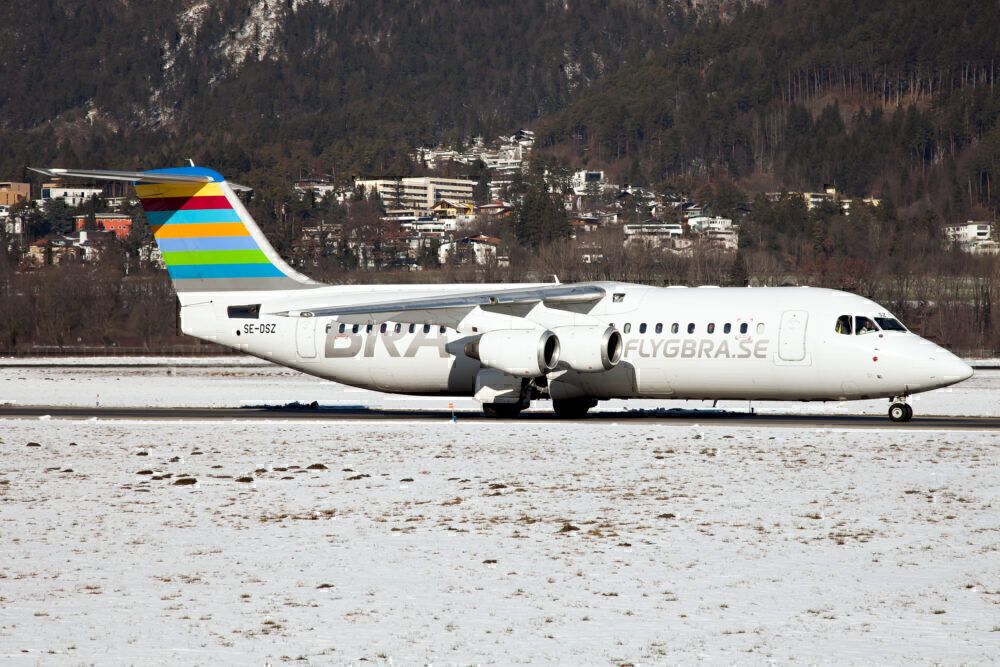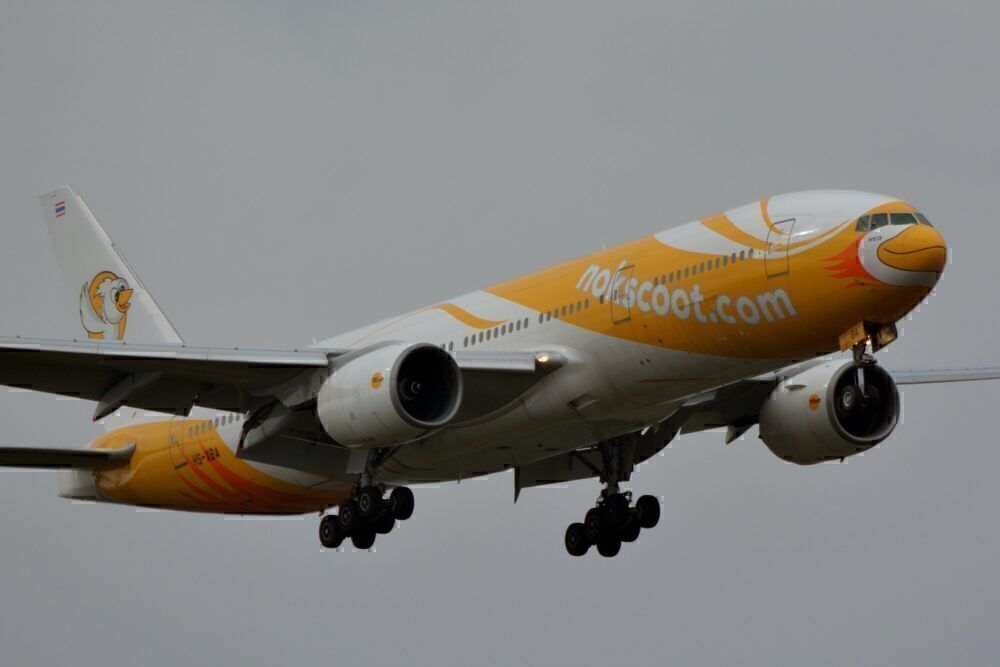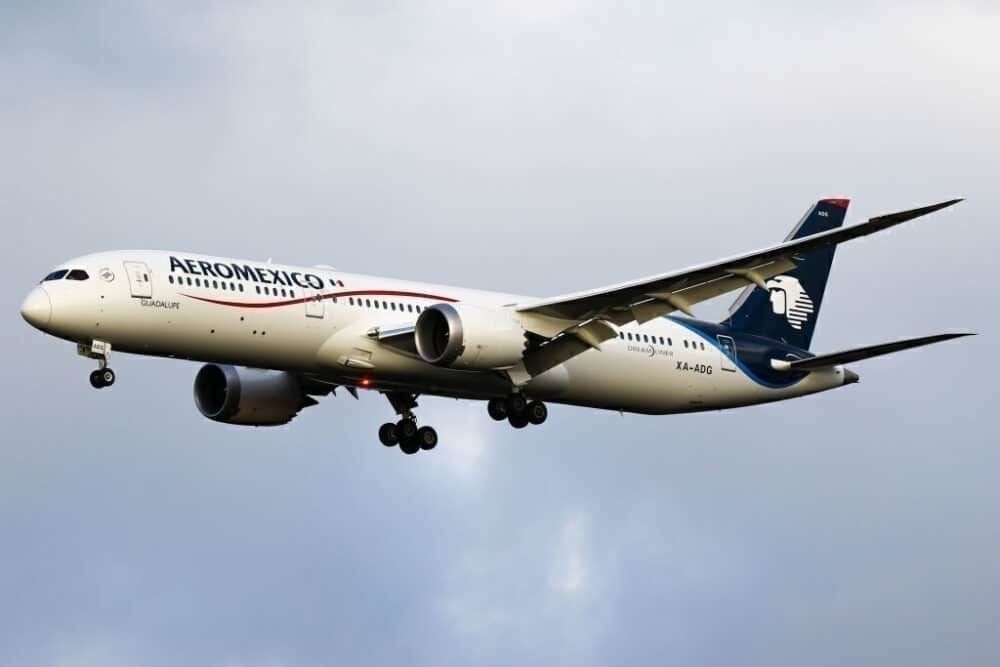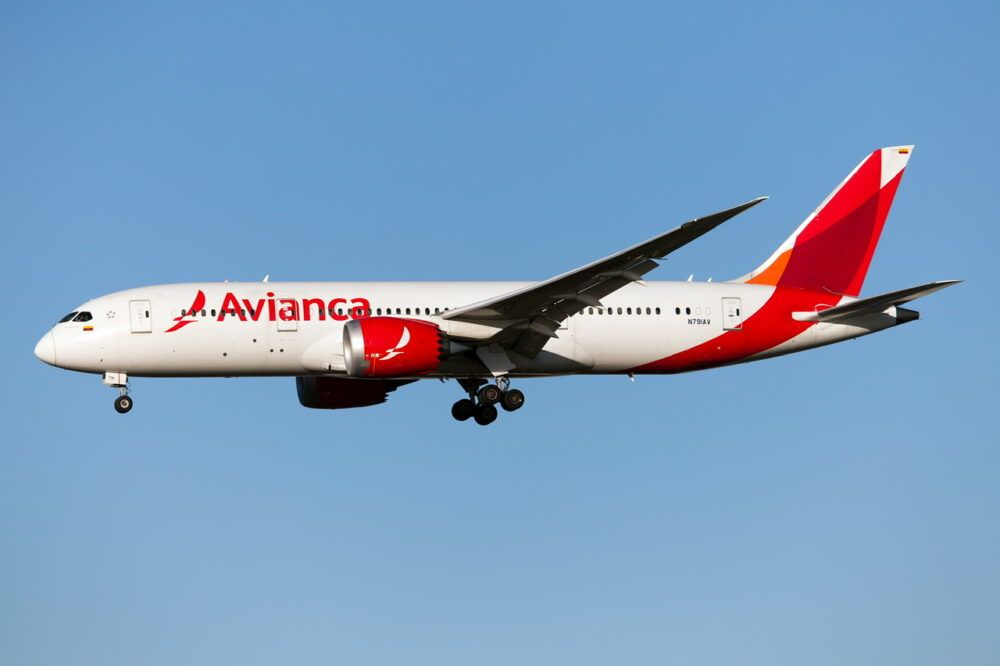The coronavirus pandemic has dominated the news this year, changing the very essence of life as we know it. It has impacted almost every facet of the job market, with commercial aviation being no exception. The sharp drop in passenger demand caused by COVID-19 has seen airlines worldwide face huge financial challenges. In some cases, this had led to bankruptcy filings, while several other carriers have ceased operations altogether this year.
But which are the airlines that have been the worst affected by the events of this unprecedented year? Let's look at some examples of airlines that either collapsed or filed for bankruptcy during 2020.
Suspensions/cessations of operations
Some larger and more established airlines have been able to cope with the impact of the crisis through measures such as cutting jobs. However, for certain struggling airlines, 2020 proved the last straw. It is worth noting that some of these carriers folded before the height of the pandemic. However, this would surely have been the final nail in the coffin anyhow, given their respective financial difficulties.
AtlasGlobal
Known as Atlasjet until March 2015, this Turkish leisure-focused airline had already temporarily suspended its scheduled services in 2019. Scheduled flights ceased between November 26th and December 16th (five days early) while the airline underwent restructuring.
However, despite the promise of the early resumption, the airline suspended scheduled services once again on January 7th, 2020. This suspension was planned to last until February 9th. However, on January 29th, AtlasGlobal returned its remaining aircraft (two Airbus A330-200s) to their lessors. It filed for bankruptcy on February 12th, and its operations have remained halted ever since.
Stay informed: Sign up for our daily aviation news digest.
Air Italy
On February 11th, the day before AtlasGlobal's bankruptcy filing, Olbia-based Air Italy also announced that it would be liquidated. This occurred shortly after the country's first confirmed coronavirus cases. However, the airline had been struggling financially even before the pandemic reached Europe.
Air Italy had been the country's second-largest airline, after flag carrier Alitalia. Its fleet consisted of three different Boeing 737 variants at the time of its liquidation, including the MAX 8. It also served a handful of long-haul destinations, including four in the USA, using former Qatar Airways Airbus A330-200 aircraft.
Flybe
Exeter-based Flybe was once Europe's largest independent regional airline. It had also been the launch customer of the Embraer 195, and the world's largest operator of the De Havilland Dash-8 Q400.
Its extensive network differed from other London-centric British carriers in that it featured several hubs throughout Britain. This led it to particularly specialize in direct cross-country routes where rail travel was not a viable alternative. An example of this was Leeds Bradford to Newquay, which, with UK flag carrier British Airways, instead requires a connection at London Heathrow.
After extensive financial struggles, the drop in bookings caused by coronavirus proved the final straw for Flybe. On March 5th, it filed for administration. Operations ceased immediately on this date, after the British government denied it a £100 million ($136 million) rescue loan. However, there appears to be potential for the airline to return to the skies under new ownership as soon as next year.
Braathens Regional Airlines
Otherwise known as 'BRA' (the Swedish word for 'good'), Stockholm Bromma-based Braathens suspended its operations in early April. It had already terminated several regional routes in March.
However, the advice for Swedes to avoid unnecessary travel due to coronavirus saw BRA suspend its remaining routes for an initial two-month period. AeroTELEGRAPH reported that all but 20 of its 600 jobs would be cut as a result. More than eight months later, the airline is no closer to returning to the skies. Its homepage currently states: "We will fly again as soon as the Corona restrictions ease!"
NokScoot
NokScoot was a collaboration between low-cost airlines Nok Air (Thailand) and Scoot (Singapore). From its hub at Bangkok Don Mueang, it served destinations in China, India, Japan, and Taiwan between 2014 and 2020.
Coronavirus worsened its existing financial difficulties, and, in June, it liquidated and ceased its operations. This left 450 employees out of work, but Scoot insisted that there was "no foreseeable recovery from NokScoot’s current financial situation."
Bankruptcy filings
Several airlines that have filed for bankruptcy due to the current crisis have also managed not to fold. Among these have been various Latin American carriers, including:
Aeromexico
In mid-June, there were rumors that Aeromexico's search for funding would lead it to file for Chapter 11 Bankruptcy. On June 21st, it denied these claims, stating that it had "not initiated, nor has it made the decision to initiate, a restructuring procedure under Chapter 11 of the United States Bankruptcy Code."
However, just nine days later, it did make such a filing after all. Aeromexico had been struggling financially even before the pandemic struck commercial aviation. Indeed, it had recorded net losses in each of the three previous years (2017-2019).
LATAM
In July, LATAM Brazil began its reorganization process under Chapter 11 Bankruptcy. By this time, only the Argentinian and Paraguayan branches of LATAM were not undergoing such restructuring.
LATAM had obtained investments totaling $2 billion, with which it hoped to "have enough financial support to exit the current coronavirus crisis successfully." Nonetheless, LATAM Brazil remained in negotiations with the country's national bank for further support. Last month, CEO Roberto Alvo announced that he expects LATAM to exit Chapter 11 Bankruptcy during the second half of 2021.
Avianca
Colombian flag carrier Avianca filed for Chapter 11 Bankruptcy in the USA on May 10th this year. Along with LATAM and Aeromexico, this meant that three of the four largest Latin American airlines had done so this year. Panamian flag carrier Copa Airlines was the only example from the top four to have avoided this restructuring procedure.
As a result of this decision, the airline chose to remove 14 aircraft from its fleet, based on their age, leasing conditions, and maintenance cost. The aircraft in question were:
- 2x Airbus A319.
- 7x Airbus A320.
- 2x Airbus A321.
- 2x Airbus A330-300.
- 1x Boeing 787-8 'Dreamliner.'
Avianca also announced that, consequently, it would cease operating its Peruvian subsidiary, Avianca Peru. It hopes that the downsizing will help it to focus on its core markets of Colombia and El Salvador.
Conclusion
This list has been by no means exhaustive, with many other carriers having also experienced significant financial difficulties in what has been an unprecedented year for commercial aviation. While the ongoing struggles are not going to disappear overnight, aspects such as Flybe's potential return to the skies might just allow one to hope for a more stable 2021.
Have you flown with any of the affected airlines? What are your predictions for how 2021 will pan out for the airline industry? Let us know your experiences and thoughts in the comments.

